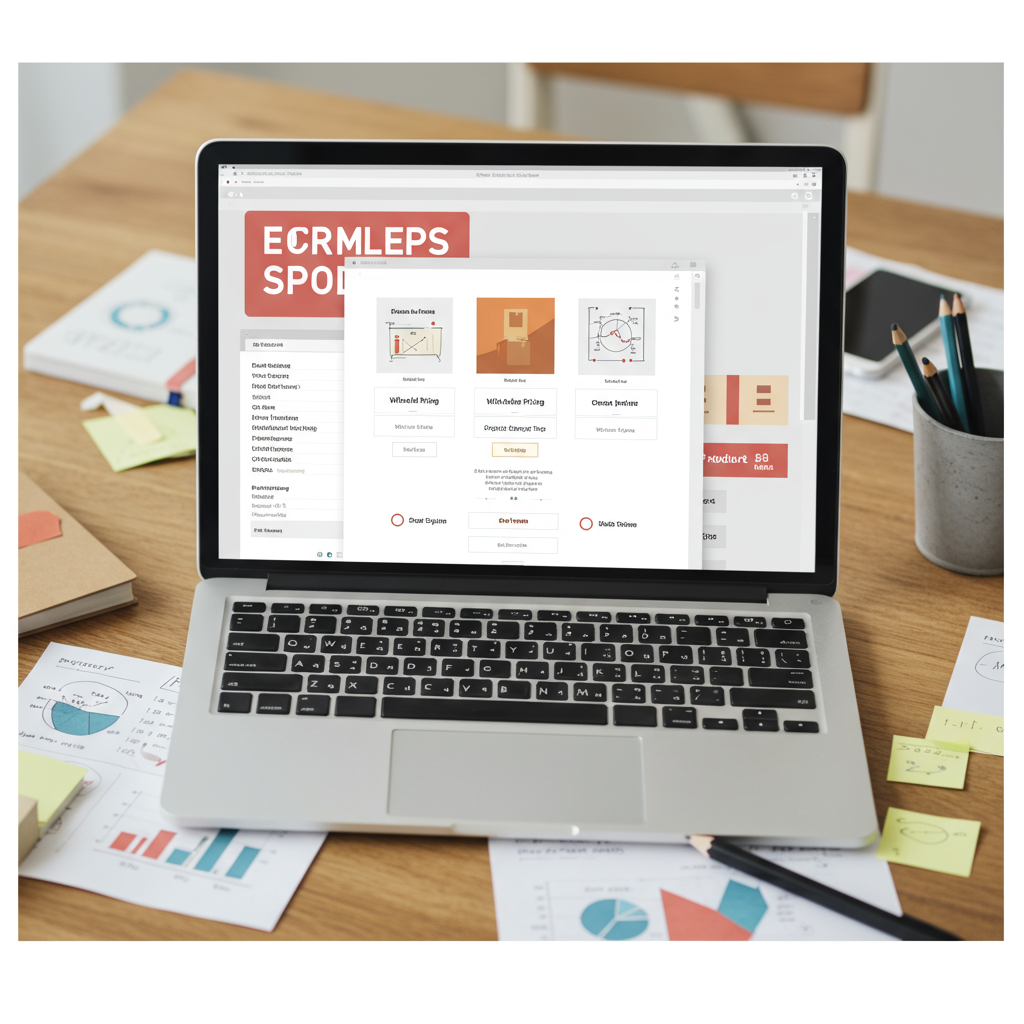Discover how I transformed my Shopify store to serve B2B clients, opening new revenue streams and expanding my brand’s reach.
Hey there, fellow entrepreneur! If you’re running a successful retail business on Shopify, you’ve probably started thinking about the next big leap: wholesale. It’s a game-changer, truly.
For me, diving into wholesale felt like unlocking a secret level in my business. It’s not just about selling more units; it’s about expanding your brand’s footprint, reaching new customer segments through other businesses, and diversifying your revenue streams.
I remember feeling a bit overwhelmed at first. How do you even begin to offer different pricing, manage separate orders, and cater to the unique needs of business-to-business (B2B) clients on a platform designed primarily for direct-to-consumer (D2C) sales?
Well, I’ve been through the trenches, experimented with various approaches, and I’m here to share my journey and the most effective strategies I’ve found for setting up a robust wholesale channel on Shopify.
First things first, let’s talk about why wholesale is such a powerful growth engine. It allows you to sell larger quantities of your products at a reduced price to other businesses, who then resell them to their own customers.
This means less individual marketing effort per unit sold, larger average order values, and the potential for consistent, recurring orders from established businesses. It’s a win-win.
Before you even think about apps or settings, you need to have a clear understanding of your wholesale strategy. What’s your pricing model? Will it be a flat percentage off retail, or tiered pricing based on volume?
Consider your Minimum Order Quantity (MOQ) and Minimum Order Value (MOV). These are crucial for ensuring profitability and managing inventory efficiently when dealing with bulk orders.
Also, think about payment terms. Will you require upfront payment, or offer net terms (e.g., Net 30) to trusted partners? This impacts your cash flow and relationship building.
Now, let’s get into the technical side of things. Shopify, by default, doesn’t have a built-in, comprehensive wholesale solution for all plans. This means you have a few options, each with its own pros and cons.
The simplest, and perhaps most manual, approach is using Shopify’s Draft Orders. You can manually create orders for your wholesale clients, apply discounts, and send them an invoice.
This works well for very low volume, highly personalized wholesale relationships, but it quickly becomes unsustainable as your wholesale business grows. It’s not scalable.
Another basic method is using discount codes. You could create unique discount codes for your wholesale clients. However, this doesn’t hide retail pricing, enforce MOQs, or offer a true B2B experience.
If you’re on Shopify Plus, you’re in luck! Shopify Plus offers a dedicated B2B on Shopify feature (formerly the Wholesale Channel sales channel). This is an integrated, powerful solution.
It allows you to create separate price lists, manage company profiles, set payment terms, and offer a custom B2B storefront experience directly within your Shopify admin. It’s the most seamless option for Plus users.
For the majority of us not on Shopify Plus, third-party apps are the go-to solution. The Shopify App Store is brimming with excellent wholesale apps designed to bridge this gap.
Apps like Wholesale Gorilla, Wholesale Club, and SparkLayer are popular choices. They essentially create a separate, password-protected portal or integrate wholesale pricing directly into your existing store.
When choosing an app, look for features like: customer group management, tiered pricing, MOQs, quick order forms, net payment terms, and custom registration forms for new wholesale accounts.
My personal experience led me to a third-party app, as I wasn’t on Shopify Plus. The setup process typically involves installing the app, configuring your pricing rules, and setting up customer accounts.
You’ll usually need to create a separate customer group for your wholesale clients. Once a customer is tagged as “wholesale,” the app will display the special pricing and enforce any rules you’ve set.
A crucial step is creating a dedicated wholesale registration form on your website. This allows potential wholesale partners to apply, and you can vet them before granting access to your wholesale pricing.
Don’t forget about shipping! You might need to create specific shipping profiles or rates for your wholesale orders, as they often involve larger, heavier shipments.
Once your channel is set up, the work isn’t over. You need to market it! Reach out to boutiques, online retailers, and other businesses that align with your brand. Trade shows can also be invaluable.
Provide excellent customer service to your wholesale partners. They are businesses themselves, and building strong relationships is key to long-term success and repeat orders.
Regularly review your wholesale performance. Are your MOQs too high or too low? Is your pricing competitive? Use your Shopify analytics and app reports to refine your strategy.
What do you think about this article? I’d love to hear your thoughts and experiences with setting up a wholesale channel!
In conclusion, setting up a Shopify wholesale channel is a significant undertaking, but the rewards are immense. It diversifies your income, expands your brand’s reach, and taps into a powerful B2B market.
With careful planning, the right tools (whether it’s Shopify Plus’s B2B features or a robust third-party app), and a commitment to excellent service, you can successfully grow your business in exciting new directions.
I encourage you to explore this avenue. It truly transformed my business, and I believe it can do the same for yours. Good luck on your wholesale journey!






